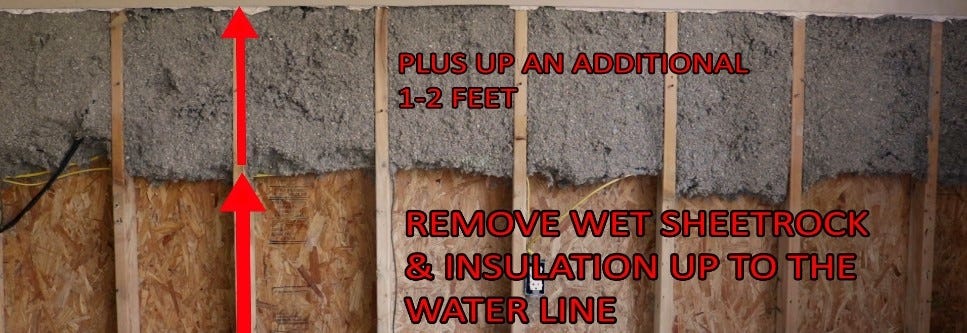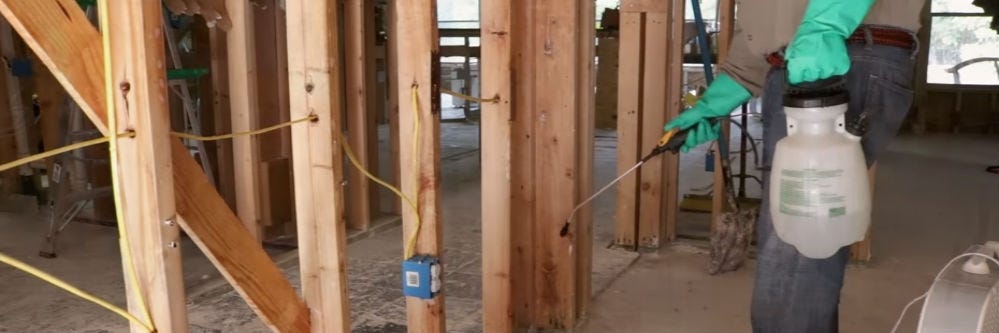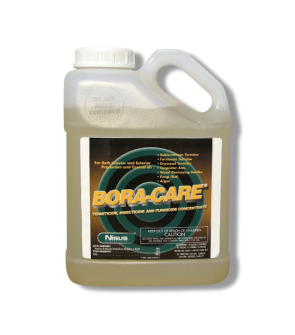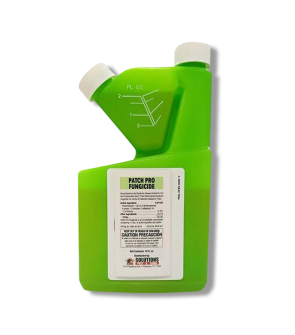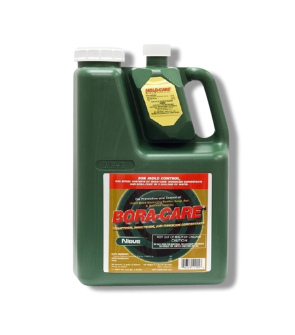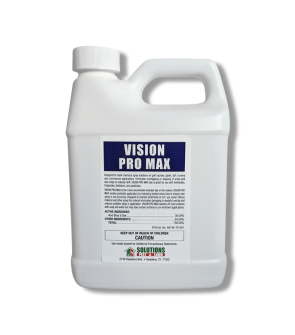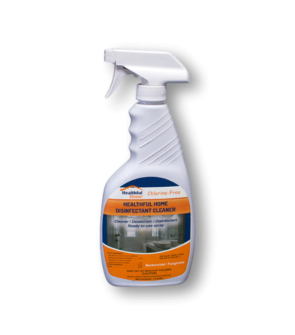Gain access to personalized product screening, the best pricing, rewards, and more!
Most Effective Products
How to Get Rid of Mold After a Flood
When mold is on your property and developing after a flood, its a serious health hazard that you need to act fast on before things get worse. Cleaning mold and mildew quickly and efficiently is crucial to maintain a healthy home, especially for people who have health issues like allergies and asthma.
Mold, bacteria and mildew grows rapidly, usually within 24 hours after a flood, and can move its way throughout a home—from the attic, to the basement and crawl spaces. The best defense to flood mold is to clean, dry or, usually as a last resort, dispose of belongings affected by mold. Treating your home with a professional mold treatment product is a must.
Our DIY mold remediation guide contains our top product recommendations which are helpful to get rid of mold from your home. By following our step-by-step directions below, you can successfully eliminate dangerous mold from your home while saving money.
Identification

Mold growth is a common occurrence in flood-damaged homes and damp environments and usually you can smell it before you can see it. If there is enough moisture available in the home, mold will thrive and multiply. Dampness in basements, walls, carpets, and wood provides an environment for mold to flourish.
Microscopic organisms are found everywhere and develop easily into mold where these is excess water or dampness. Mold discoloration comes in a variety of colors from white to orange and from green to brown or black. No matter the appearance of mold, it is characterized by the strong musty or earthy smell that it emits.
Inspection
Inspect your home to determine how severe of a mold problem you have. You will then need to determine what items need to be removed and what can be salvaged and treated with mold treatment.
Inspection is also a good time to assess the water damage and control the moisture problem. In the case of a leak causing mold, the source of the water must be identified and fixed so that the area is dry. After a flood, you should remove all wet sheet rock and items that have been exposed to the moisture. Keep an eye out for wet, soft, or discolored sheet rock or wallpaper. This is usually a sign of moisture and mildew growth, and it can be sometimes hard to spot.
The picture below is a good example of how mold growth can sometimes go unnoticed until it's too late. On the right, you'll see discolored wallpaper. At first glance, it doesn't look like the mold would be that bad. But once you peel it back, you'll see how much mold and mildew growth there really is.

If you find standing water on your property, it can be removed by using a pump or wet vacuum. You could also use your air conditioner as a dehumidifier by turning down the temperature as low as you can get it. For heavier infestations, we recommend also using a stand alone dehumidifier (like the Santa Fe Compact 2 Dehumidifier). It is important to dry affected areas as quickly as possible, ideally within 24 to 48 hours before getting into sanitation.
Treatment
Prior to using any chemicals, make sure you are equipped with the necessary personal protective equipment (PPE). This will include a long shirt and pants, chemical resistant gloves, protective eye wear, and a mask. To treat mold and mildew in your walls, you will first need to use SA-20 Disinfectant and Bora-Care to treat the wood. We recommend applying these products with a one gallon poly pump sprayer.
Before starting, the first thing will need to do is remove all the sheet rock and insulation that was exposed to moisture. This will be up to where the waterline is, which is typically seen. Then remove the sheet rock about two feet above the water line. This is to account for the water soaking and spreading up the wall and to help the remaining insulation stay dry.
Step 1 - Apply Disinfectant
Mix a disinfectant that is approved for mold, mildew and algae like SA-20. SA-20 Disinfectant is a general disinfectant used to control the growth of bacteria, algae, and fungi. Following label directions, mix the product in your poly sprayer and begin spraying all the wood that is exposed behind the wood sheet rock.
SA-20 is also a great product to remove mold and mildew from plants as well as wood and parts of the home that have been affected by mold. Spray to wet and then when complete give it time to dry, typically around ten minutes for disinfection.
Step 2 - Apply Bora-Care
We recommend using Bora-Care because it is an excellent wood preservative. Not only is Bora-Care a fungicide, it is also a termiticide and insecticide. This means this can be used to treat and prevent growth of fungus and mold, but will also protect your home from wood destroying insects, like termite and carpenter ants.
Refer to the label for proper mix and application rates. For mold control after flooding, we recommend mixing at a 1:1 ratio. You will mix the entire gallon of Bora-Care with one gallon of water.
Bora-Care is a very thick concentrate and will need to be mixed in a separate container with warm or hot water to thin it out. Pour the Bora-Care into a bucket with warm water and use a extended paddle bit that can fit on a drill to mix it really well until it has the consistency of water.
Once it is well-mixed, transfer the solution to a poly sprayer.
Spray the solution onto the wood to wet, making sure to coat all sides as best as you can. You will want to make sure to spray all of your exposed wood that came into contact with water. Bora-Care is meant to be treated on untreated, nude wood. If you need to treat wood that is painted, you will need to remove the paint or any finishes. Bora-Care can also be used on outdoor wood, such as untreated pergolas, gazebos, decks, and fences.
A second application may also need to be done if you can reach all sides. Using a marking dye, may also help you to keep track of where you sprayed and to make sure you don't over treat the wood.
When you are done, be sure to clean out your sprayer thoroughly. Once the Bora-Care solutions begins to cool and sit in the sprayer, it will begin to crystallize. the solution will eventually harden and clog your sprayer hoses and spray wands. Clean your sprayer with warm or hot water, rinsing two or three times. On your last rinse, be sure to spray the water out of the wand so that the interior of the spray hose is flushed out as well.
Step 3 - Treat turf diseases outside with Fungicide
After the flood as subsided, your outdoor turf grass and home exterior may also be damaged due to the excessive moisture and potentially can be infected by turf disease. Utilizing Patch Pro Fungicide can kill off any of those diseases. Apply it to your grass to prevent disease.
Prevention
To prevent mold after a flood, you need to be diligent about drying things out with a dehumidifier (especially around porous surfaces) and continue using the disinfectant and mold treatment products to keep mold from growing and taking over.
Key Takeaways
- High floods and water damage can bring about health hazards like mold and mildew that are difficult to get rid of.
- To begin treating for mold, you will need to first start with drying your mold immediately with the help of your air condition and/or a dehumidifier.
- After everything is dry, treat the exposed areas with disinfectant and a wood preservative like Bora-Care.
- Treat the exterior of your home and yard with a fungicide to eliminate any disease and fungi that may be lingering.







